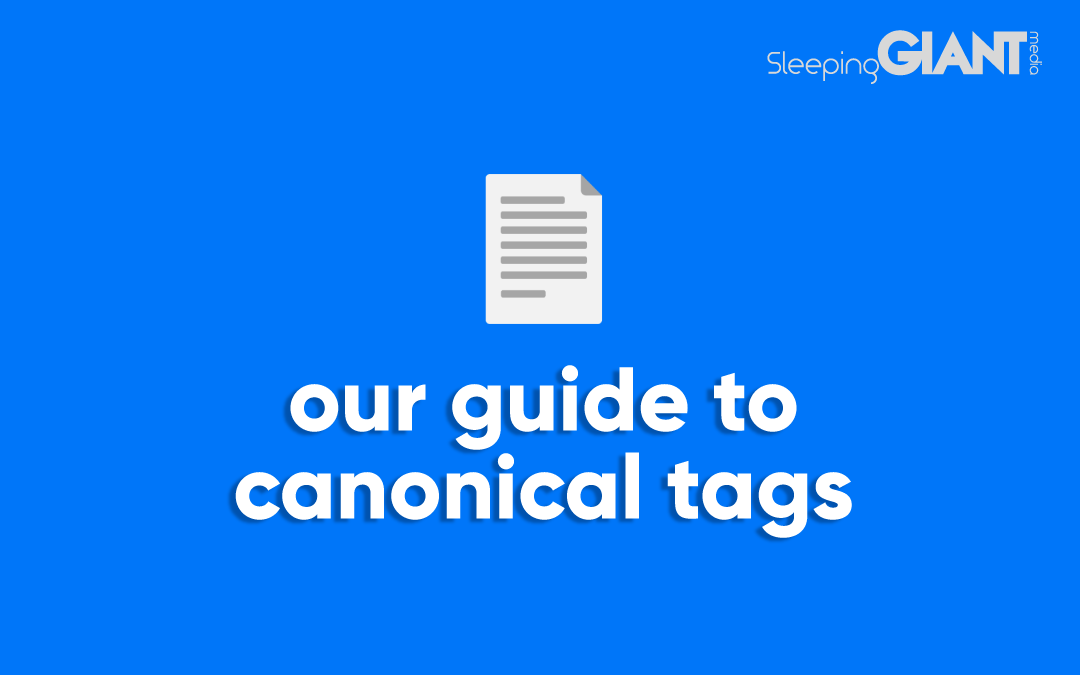What Is Anchor Text?
What Is Anchor Text?

Digital Marketing, technology & business insights, how to’s and explainer videos, released on a Wednesday. Make sure to subscribe to be notified and sign up to our mailing list! 🎥
See below, the transcript from this episode of Giant Wednesday if videos aren’t your preferred method to consume digital skills. See also the Giant Cheat Sheet from this episode.
If you want to know more, get in touch today 😎
Anchors… they are typically around to hold you back or weigh you down.
But not anchor TEXT – this is only going to help you boost your website, and allow for smooth sailing.
Hey, I’m Ellen, today we’re going to explore anchor text so get your shipmates ready for this episode of Giant Wednesday.
We’re going to kick it off with the most important question…
What is Anchor Text?
Anchor text, quite simply, is the clickable bit of text you might see on a website that links you through to another page.
Not the link itself, but the way the link is displayed.
It helps transform this long string of URL into something much tidier (see video) which is a nice tidy up, as well as having benefits for your website’s visibility.
You’ll have seen them all over the place, and no doubt click on a few every day!
In most cases, you’ll recognise them as a blue, underlined bit of text.
But you can change your own on your website to match your colours and styles.
What’s the benefit of using Anchor Text?
As I’ve already mentioned, anchor text helps improve your website’s visibility and is part of SEO, search engine optimisation.
Anchor text provides both users and search engines a snippet of relevancy about the content of the link’s destination.
For example, if you were a dog rescue business, and you wanted to share about the dogs you had up for adoption on your homepage… then you’d use an anchor link with the text ‘puppies for adoption’ which links through to your adoption pages.
See, context!
And that context is what helps search engines like Google and Bing (other search engines are available) understand what’s on, and how users might navigate the hierarchy of your site.
It’s one of the many aspects of optimising your website that the likes of Google consider a ‘ranking factor’ – more of that in other episodes though.
But ultimately, it helps a user navigate your site to get the information THEY want. A happy customer is the goal, right?
It’s important to note that search engines use external anchor text as a reflection of how people see your page – and whilst you can’t always control how other websites link to yours, you can make sure to follow Google’s own advice:
“Make sure that anchor text you use within your own site is useful, descriptive, and relevant.” – Google
Using non-descriptive, or irrelevant anchor text will only damage your bounce rate and harm your SEO in other ways.
Make sure to use it naturally and link to the right places! After all, we write for people, not robots.
On that note, did you know there’s…
Different Types of Anchor Text
Yep, as crazy as it sounds when we’re talking about a text-based link… there are different types!
We’ve got:
‘Generic’ or ‘Random’
You’ve no doubt seen this one everywhere. ‘Click here’ is a perfect example.
This is where a generic word is used as the anchor. It’s non-descriptive and doesn’t really provide any context for the link.
It’s generally advised to not use generic anchor text as this is considered a poor SEO practice and isn’t exactly inspirational…
Exact-match
If your link includes a keyword that matches the page it links to, then this anchor text is considered ‘exact-match.’
For example, ‘creative marketing’ links to a page about creative marketing.
Partial-match
This is similar to exact-match, only the text includes a variation of the keyword on the page you’re linking to.
For example: ‘creative marketing strategy’ links to a page about creative marketing.
Branded
Typically, a brand name is the only text in the link. For us, it’d be ‘Sleeping Giant Media’ linking to a page somewhere on our site.
If you look in Search Console at the links you have from external sites, you generally find these are the most common!
Naked link
Don’t be shy, this just refers to an URL that is used as an anchor. For example, www.sleepinggiantmedia.co.uk
And lastly, Images
When you have an image that links to another page, Google will use the image’s alt text as the anchor text.
So now you know the types, let’s look at…
How to add Anchor Text to your site
Not to scare you, but in some cases, it’s all about a bit of HTML that looks like this:
<a href=”https://www.sleepinggiantmedia.co.uk”>Awesome Digital Marketing</a>
But fortunately, most website builders will have this little ‘link’ icon that you can click to add a hyperlink to a highlighted bit of text (your anchor).
Easy peasy.
So as you can see, anchor text certainly doesn’t weigh you down, and can help your site reach the crystal clear waters within search engines.
Sign Up For Giant Wednesday In Your Inbox
Use the form below to sign up and we'll send you fortnightly update emails when a new episode of Giant Wednesday is launched.
Want results like these?
So, you’ve seen how we do it — and you know what we’re capable of. If your brand or business could benefit from results like these, get in touch with us today to unleash your potential.
Follow Us
Sign Up For More
Stay up to date with the latest happenings, learnings, events & more with our GIANT Newsletters.
Contact Us
Top Floor, The Civic Centre, Castle Hill Avenue, Folkestone CT20 2QY.
Copyright © 2022 Sleeping Giant Media. All Rights Reserved.


